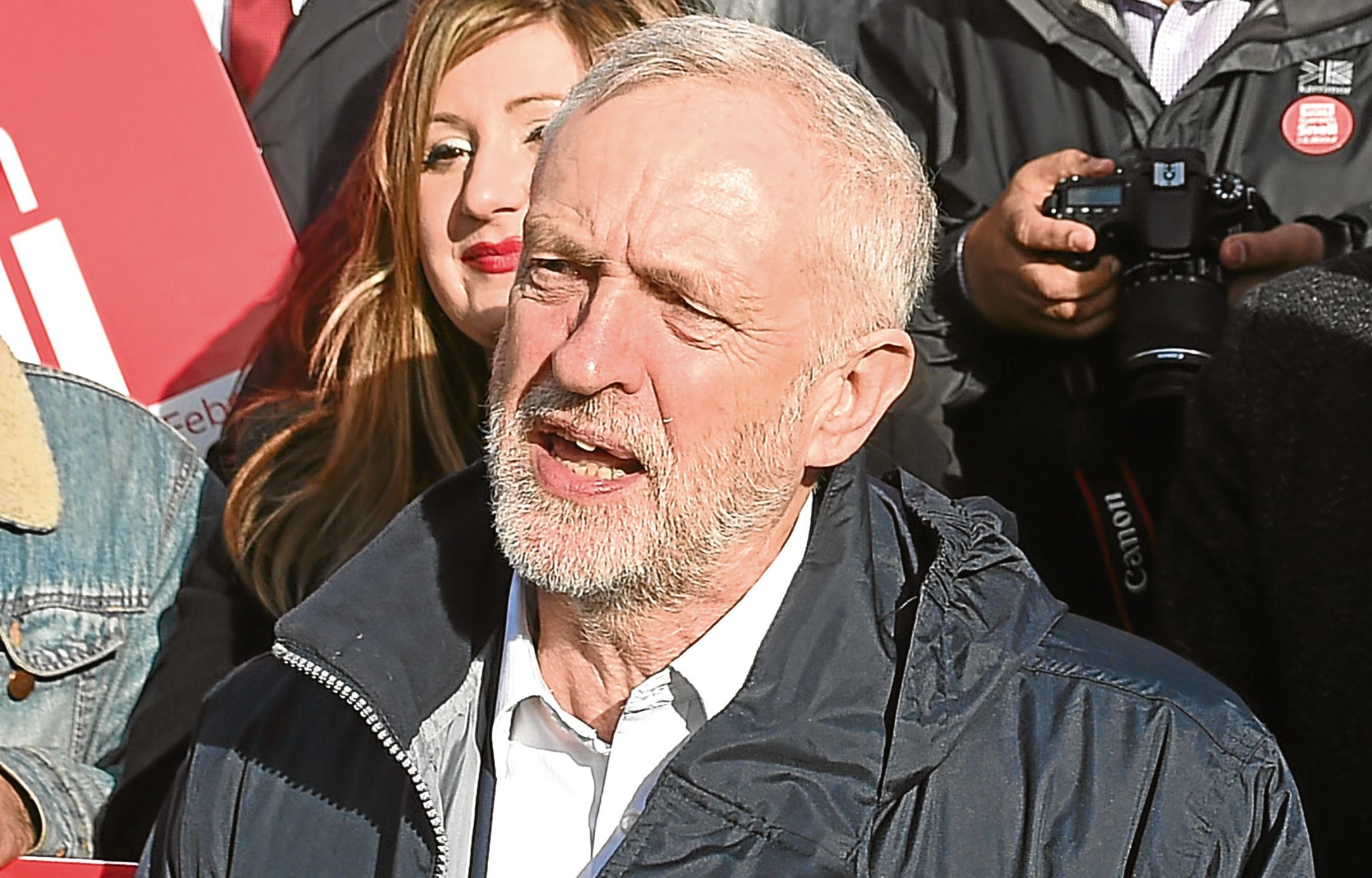
WATCHING someone dreadful on the X Factor or any other TV talent contest for that matter is excruciating.
For one, it feels cruel. But what’s often worse is the level of denial – the audition means everything and nothing will stop them from becoming a star.
Other than reality, of course.
I was reminded just how painful those performances can be in the hours after Labour’s humiliating defeat in Copeland at the hands of the Tories.
After a speech on Brexit, Jeremy Corbyn was asked whether he had looked in the mirror and thought: “Could the problem actually be me?”
No, came his defiant reply, regardless of the obvious impact in this particular case of his views on the nuclear industry.
There was also denial in spade-loads from Shadow Chancellor John McDonnell, who angrily claimed the result was not a judgment of his boss.
Instead he argued the party’s difficulties were down to the division sown by leadership challenges.
The worst offender, however, was Cat Smith, who said to be “15-18 points behind in the polls and to push the Tories within 2000 votes is an incredible achievement”.
Almost as cringeworthy were the repeated acknowledgements that the party must reconnect with voters and rebuild.
Clearly that’s true, but Labour MPs have been saying that since the 2015 general election and before.
And there still doesn’t seem to be any plan for how they might do so.
An honest few were willing to accept Corbyn doesn’t have a future in show business, with John Woodcock describing the party as “on course to a historic and catastrophic defeat”.
Indeed, notwithstanding his double leadership election wins, it is hard to see a way back for Labour under Corbyn.
The night could certainly have been worse for the veteran left-winger – there was relief in Stoke-on-Trent Central, where his party held off the Ukip challenge, albeit with a slightly decreased share of the vote.
But it’s difficult to overstate the significance of the Tory win in Cumbria.
Copeland is an area Labour has represented for more than 80 years. Moreover, it’s the opposition – not the Government – that wins by-elections.
To illustrate it most powerfully, Strathclyde University’s Professor John Curtice said it was the best by-election performance by a governing party since 1966, in terms of increased vote share.
So – with Paul Nuttall unable to dominate in the so-called Brexit capital of Britain and left pondering Ukip’s raison d’etre – Theresa May emerged the obvious winner.
Her triumph will likely fuel already brewing speculation about a snap election, with some suggesting she may call one as she triggers Article 50 to formally start withdrawal negotiations.
While the Prime Minister has previously ruled this out, the temptation to increase her majority and secure a personal mandate as well as one for her Brexit plan – coupled with pressure from within the party – could prove overwhelming.

Enjoy the convenience of having The Sunday Post delivered as a digital ePaper straight to your smartphone, tablet or computer.
Subscribe for only £5.49 a month and enjoy all the benefits of the printed paper as a digital replica.
Subscribe